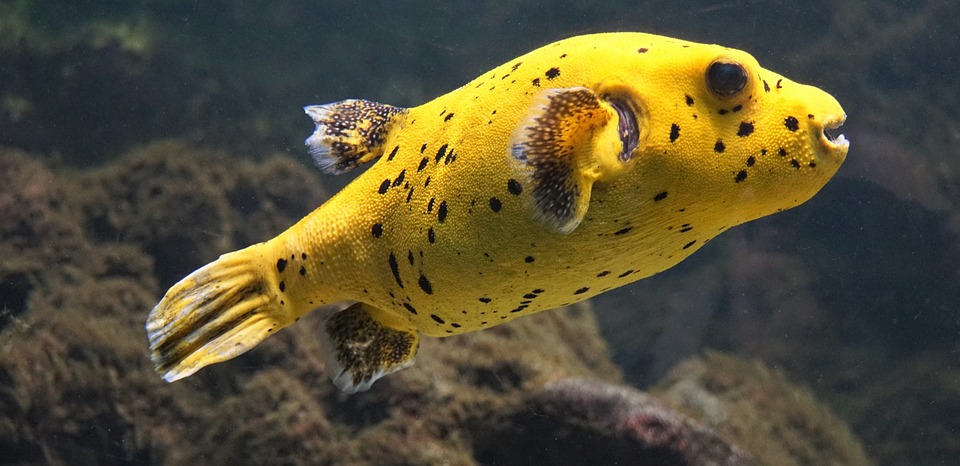Cloudy eye is a common issue that fish tank enthusiasts may encounter. It can be caused by various factors, including bacterial, fungal, or parasitic infections. Recognizing the symptoms and taking preventive measures are essential in ensuring the well-being of your fish. In this article, we will provide you with a comprehensive guide on preventing and managing cloudy eye in fish tanks.
Section 1: Causes and Symptoms of Cloudy Eye
Cloudy eye can be caused by several factors, including poor water quality, improper feeding practices, lack of tank maintenance, and the introduction of new fish without proper quarantine. The symptoms of cloudy eye include the clouding or whitening of the fish’s eyes, swollen or bulging eyes, and changes in behavior such as reduced appetite or lethargy.
Section 2: Preventing Cloudy Eye in Fish Tanks
Maintaining optimal water quality is crucial in preventing cloudy eye. Regularly test the water parameters and ensure they are within the appropriate range for your fish species. Proper feeding practices, such as not overfeeding and providing a balanced diet, can also help prevent cloudy eye. Regular tank maintenance and cleaning, including water changes and filter maintenance, are essential. Quarantining new fish before introducing them to the main tank can prevent the spread of diseases and infections.
Section 3: Managing Cloudy Eye in Fish Tanks
When dealing with cloudy eye, it is important to identify the underlying cause. If bacterial infection is the culprit, treatment with antibacterial medications may be necessary. Fungal infections can be treated with antifungal medications, while parasitic infections may require specific parasitic treatments. It is essential to follow the instructions provided by the medication manufacturer and consult with a veterinarian if necessary.
Section 4: Frequently Asked Questions (FAQs)
This section will address common questions regarding cloudy eye in fish tanks. It will cover topics such as the most common causes of cloudy eye, the contagiousness of cloudy eye among fish, the frequency of tank cleaning to prevent cloudy eye, natural remedies for cloudy eye, and the potential fatality of cloudy eye for fish.
Conclusion:
By following the preventive measures mentioned in this article, you can ensure the health and well-being of your fish and maintain clear eyes in your fish tanks. Regular monitoring of water quality, proper feeding practices, and regular tank maintenance are essential in preventing cloudy eye. If cloudy eye does occur, identifying the underlying cause and administering appropriate treatment can help manage the condition effectively. Remember to consult with a veterinarian for a proper diagnosis and treatment plan if needed. With proper care and attention, you can enjoy the beauty of your fish tanks and the vibrant health of your beloved fish.









